Global Travel as Inspiration
Today more people than ever travel to international destinations. And global travel can be so much more than running a marathon of museums. Think of global travel as inspiration — providing unique opportunities to exercise your creativity.
Diverse and dedicated travelers from high school students to business professionals use approaches such as design thinking or activities such as volunteer vacations to create memorable, and sometimes remarkable, experiences.
High school students on a study trip to China used design thinking to solve problems presented to them at a young leaders summit in Shanghai. Graduate students at Harvard Business School travel abroad to solve problems that plague people around the world. One student designed an infant warmer to safely transport newborns in distress from rural villages to regional hospitals in Nepal.
Tim Brown, the CEO and president of the IDEO international design thinking workshop, recounts in a blog how international travel offers ample opportunities to observe people and think creatively about new ideas that can improve lives.
On my first trip to India, I was struck by an unusual practice of the small convenience stores on every street: The shopkeepers never throw anything out. As you venture further into the store, you find layer upon layer of old advertising posters and products in vintage packaging. In the US, the old stock would signal a badly run business, but in Delhi it gave the stores an incredibly rich sense of history. I thought: Could Western retailers increase customer loyalty if they showcased their history in some way?
…. Early one morning in Beijing, I noticed a food vendor on the street. She had just finished making breakfast for some nearby construction workers and was stashing her cookware — including a large vat of piping-hot oil — on her moped. It was an elaborate and dangerous process that begged the question: how could better design improve conditions for the working poor?
Such A-ha! moments are everywhere — even on a business trip — but you have to train your eye to look for them. So, wherever work takes you, make sure to get out of the hotel and watch everyday people living their everyday lives. Even if it’s just for an hour, I guarantee you’ll find more inspiration than you ever would inside a windowless conference room.
Brown’s observations really inspired me to think differently about global travel. Whenever I travel, I always visit notable historical and architectural sites. But now I also try to connect with people who live in these places. Exploring neighborhoods and noticing people can open a window to the world a little bit wider, giving me a glimpse into a culture revealed by the often extraordinary lives lived by ordinary people. There are certainly “A-ha! moments everywhere.”
In Istanbul, Turkey, I combined visits to magnificent mosques and museums with observation of community activities. While exploring a district on the Asian side of the Bosphorus Strait, I unexpectedly connected with a local organization using design thinking to involve the community in designing a streamlined vending cart to sell their beloved street food, simit.
In Arequipa, Peru, I visited the five-centuries-old perfectly frozen mummy “Juanita,” a young teenager who was sacrificed by ancient Incan priests.. But I also participated in a volunteer vacation where Knowledge Without Borders™ partnered with Peruvian and U.S. organizations to pursue a community project to plant young trees and teach children about the dangers of overexposure to the sun.
Global travel doesn’t have to be a passive experience. Rather than relegating all your time to discovering things, you can observe and sometimes connect with people in the local culture. The “A-ha! moments” are just waiting for you to notice.




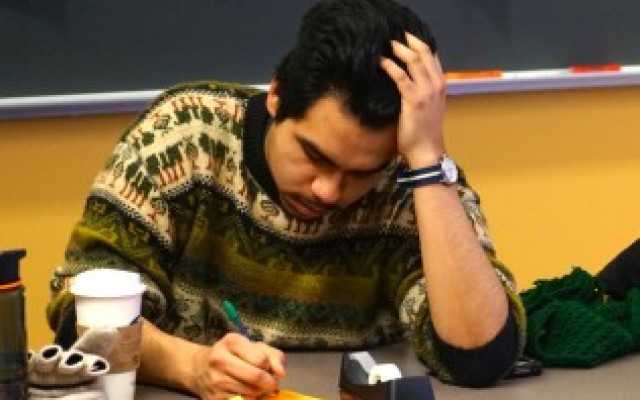


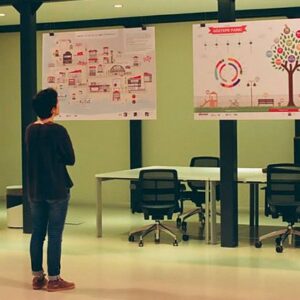
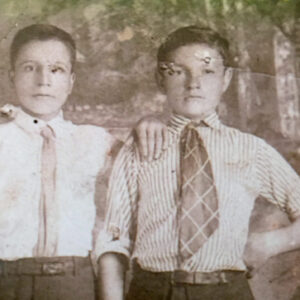




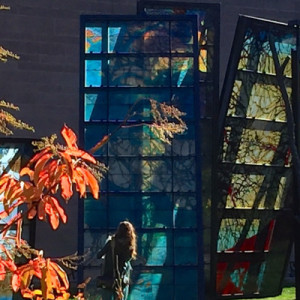
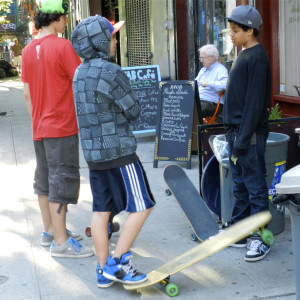
No Comments Yet!
You can be first to comment this post!